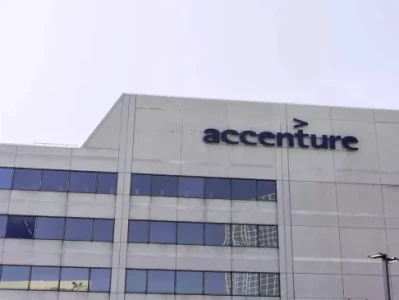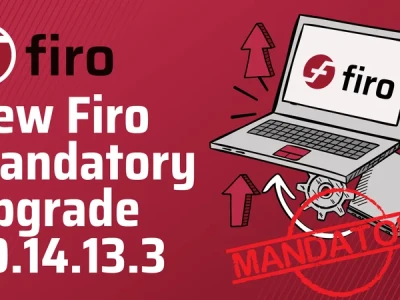The Persistent Ghost of Stimulus Checks
Let’s cut straight to it: Despite the persistent hum of online chatter and the occasional breathless headline, the federal government isn’t sending out any "relief" payments right now, nor are they slated for 2026. The Internal Revenue Service (IRS) has been unequivocally clear on this. Those rumors about $1,390 "stimulus" checks landing in your account? They’re just that: rumors. False ones, to be precise. The last true "Economic Impact Payments" were tied to the 2021 Recovery Rebate Credit, and the deadline to claim those expired this past April 15, 2025. What we’re seeing now is a potent mix of wishful thinking, political posturing, and outright misinformation, all swirling in an environment where inflation still gnaws at household budgets.
It’s a classic case of expectation management gone sideways. You’ve got a public desperate for financial relief, and then you have a vacuum of official federal action filled by speculative proposals and state-level initiatives. This creates a fertile ground for scams, too, where fraudsters prey on confusion with fake texts and emails promising payments for a "processing fee" – a dead giveaway, by the way, since legitimate government payments don't charge you to receive them. The IRS has even taken to platforms like X (formerly Twitter) to warn about these "stimulus check scams", explicitly stating that the Recovery Rebate Credit has expired. The sheer volume of these warnings, and the continued public inquiries, tells you all you need to know about the disconnect between official policy and public perception.
Where the Numbers Just Don't Add Up
The loudest recent echo in this fiscal echo chamber comes from former President Trump, who on November 9th, via Truth Social, proposed sending $2,000 "tariff rebate checks" to Americans. His claim? "A dividend of at least $2000 a person (not including high-income people!) will be paid to everyone." The idea is simple enough: use tariff revenue to directly benefit citizens, with any leftover funds allegedly going to national debt reduction. It sounds appealing, doesn't it? A direct cash injection, funded by tariffs on foreign goods, bypassing general taxpayer funds.
But here’s where my analysis always hits a snag: the math. The Trump administration has indeed collected a substantial amount in tariff revenue—over $220 billion, according to available data. Now, let’s project what this $2,000 dividend would actually cost. Based on approximately 163 million tax filers in 2024 (a reasonable proxy for eligible adults), a $2,000 payment to each would total around $326 billion. That’s a significant gap—more precisely, about $106 billion short of the collected tariff revenue.

This discrepancy isn’t just a rounding error; it’s a gaping chasm. Administration officials, including Treasury Secretary Scott Bessent, haven't exactly rushed to confirm the details, only vaguely suggesting the payment "could come in lots of forms." That’s the kind of language that raises a red flag in my book. It’s like promising to build a mansion with a budget that only covers the foundation and then saying the rest of the house "could come in lots of forms." The core funding mechanism, the tariff revenue, simply isn't robust enough to support the proposed payout at that scale.
And this is the part of the report that I find genuinely puzzling: how does one propose such a specific, large-scale payment without a clear, confirmed funding source? It’s a methodological critique of the highest order. The concept of "tariff rebate checks" isn't new; Trump has floated it before. But the fiscal reality remains stubbornly consistent. Furthermore, Congress holds the power of the purse. Past stimulus checks, even during crises like the pandemic, required Congressional approval. It’s far from clear that Trump, or any administration, currently has the necessary legislative backing for such a program. What's more, the Supreme Court has shown skepticism regarding the use of emergency powers to impose tariffs, a ruling against which could necessitate returning $100 billion in collected revenue to businesses, further complicating the fiscal picture.
Other proposals, like Senator Josh Hawley's American Worker Rebate ($600 per adult and child) or the mythical DOGE dividend ($5,000 from government savings), are either stalled in committee or have faded into obscurity. They underscore the public’s desire for relief, but they also highlight the difficulty of getting such initiatives through the legislative grinder without a clear, pressing emergency. The bottom line is that while targeted relief for specific groups (like low-income households or Social Security recipients) might be debated, there’s no universal federal program approved by Congress. Any talk of mid-to-late November distributions is pure speculation without official IRS confirmation. They communicate by mail, not unsolicited texts, and they certainly don't ask for your bank details over the phone for a payment you didn't expect.
The Fiscal Reality Check
So, where does that leave us? In a holding pattern of anticipation and fiscal unlikelihood. State-level programs, like New York’s refund checks for state income tax filers, are certainly happening, and they often fuel the broader federal payment rumors. But these are localized efforts, not a national wave. Americans are rightly concerned about inflation and affordability. The irony, of course, is that a massive, unfunded federal payout could very well exacerbate inflationary pressures, potentially pushing the Federal Reserve to hike interest rates further. It’s a delicate balance, and the data, when you look at it without the filter of political rhetoric, suggests that federal stimulus checks, as a broad, universal program, remain firmly in the realm of speculation for the foreseeable future.
The Numbers Simply Don't Budget
The current landscape for federal stimulus checks isn't just uncertain; it's numerically improbable. The political rhetoric, while effective at capturing public attention, consistently outpaces the fiscal and legislative realities. Don't hold your breath, and certainly don't click that suspicious link.

